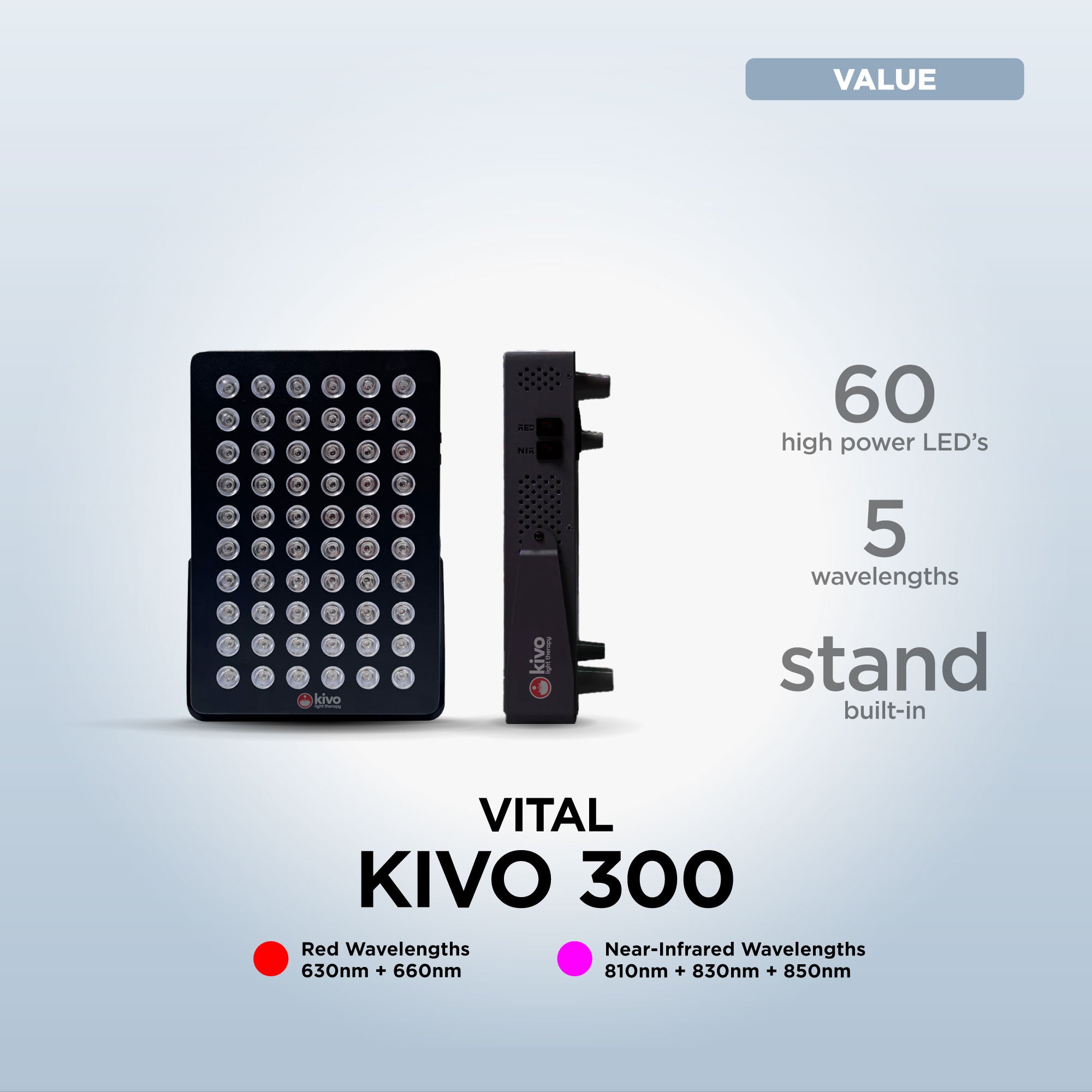How does infrared therapy differ from red light therapy?
While red light therapy and infrared therapy share similarities in their use of light to promote therapeutic effects, they differ primarily in the wavelengths employed and their penetration depths. Red light therapy utilizes wavelengths predominantly in the visible and near-infrared spectrum (600 to 850 nanometers), which penetrate superficially into the skin and are well-suited for addressing surface-level conditions such as skin rejuvenation, wound healing, and inflammation. In contrast, infrared therapy encompasses a broader range of wavelengths, including near-infrared (700 to 1400 nanometers) and far-infrared (1400 to 3000 nanometers), capable of penetrating deeper into tissues to target muscles, joints, and internal organs. Consequently, infrared therapy is favored for applications requiring deeper tissue penetration, such as pain management, muscle relaxation, and systemic effects on circulation and metabolism.

